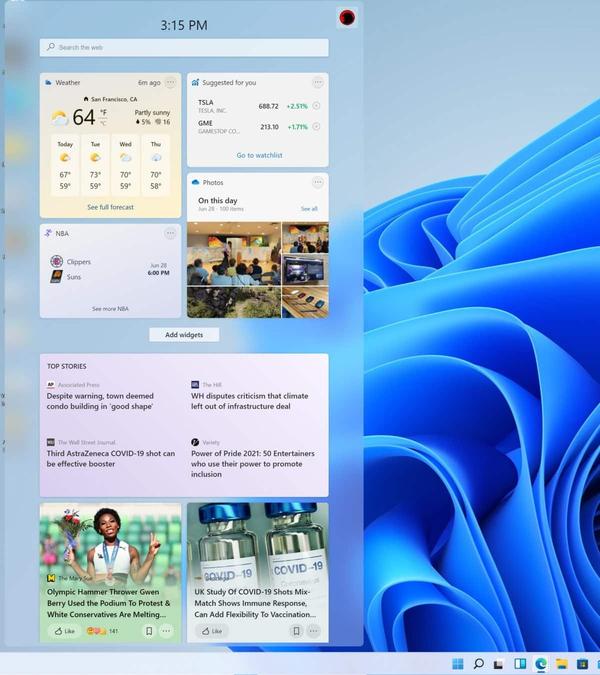The start of closing the third generation (G3) network soon threatens to disable its phones and products..so what should you do? Subscribe to our newsletter and receive interesting topics
The imminent shutdown of 3G networks will not only affect old phones, according to CNN. With the establishment of AT & T next week in America with that, and other cell phone carriers following suit later this year, a host of products require updates to continue working, including some home alarm systems, medical devices, in-vehicle collision notification and roadside assistance.
According to the same source, just as many carriers urged customers to swap old iPhone 3G phones, Android phones, e-readers, and other mobile devices with newer models before the lockdown, other carriers are urging customers to update or replace some everyday products and services in their homes. and their cars before the connection was lost.
The same source confirms that if these devices are left unaddressed, the risks may be significant in some cases. Millions of cars, for example, may not have the ability to contact emergency services after a collision, or receive updates such as location or traffic alerts from built-in GPS systems. Some vehicles, including Chevrolet, Buick, and Cadillac, have driver updates to connect their systems to the 4G network, but other models will lose this feature forever.
The introduction of 3G in 2002 allowed some of the early infotainment systems for cars and home security services — pioneers in the smart home field — to connect to networks. But over time, wireless companies have moved to 4G networks, and more recently, 5G networks.
Now, major carriers are phasing out 3G technology in the United States and some overseas markets. AT&T which owns CNN's parent company, for example, decided to shut it down on February 22nd.
What are companies doing about it?
Some industries are better prepared to deal with this change. For example, several home security companies have migrated their subscriber bases from 3G to 4G over the past two years. The process wasn't too complicated as it simply involved having a technician install a case or panel for a newer model.









